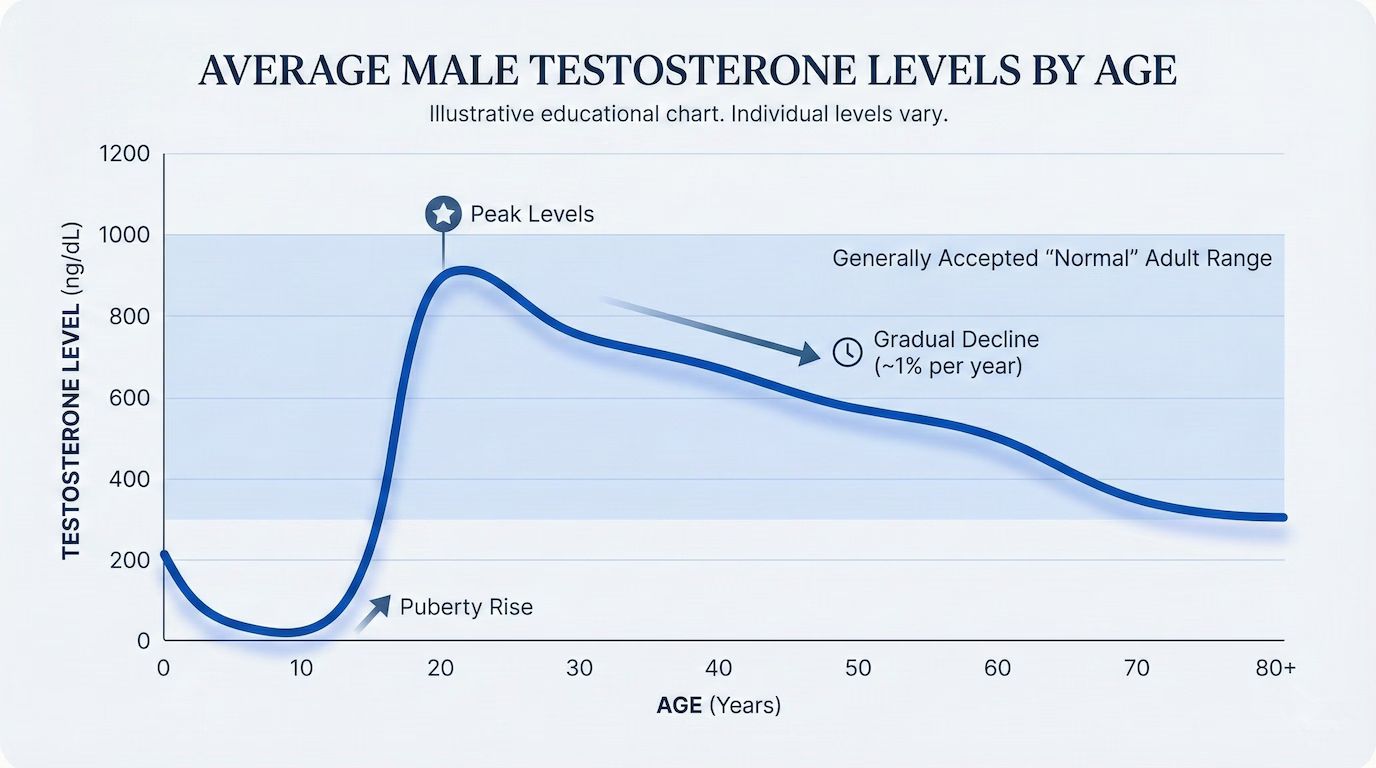Some important takeaways
- Overtraining can occur when you work your muscles too hard without enough rest. If you have overtraining syndrome, you’re at higher risk for muscle strains, sprains, tendinitis, and other sports injuries.
- Experts estimate that approximately one-third of high-level athletes experience some degree of overtraining. It’s serious and can take a while to recover from, but you can avoid it by giving yourself enough rest and recovery time.
- Some fitness apps and trackers like WHOOP and Athlytic offer metrics that can help you scale back and prevent you from developing overtraining syndrome.
- It's equally important to listen to your body, paying attention to warning signs like muscle pain, fatigue, performance dips, unexpected weight changes, and mood changes.
Mind over matter. Push yourself. Empty the tank.
Whether you’re a runner, cyclist, or gym rat, you likely hear these phrases over and over (and over) again. However, in some cases, more isn’t always better when it comes to your training regimen. And overtraining your muscles and joints can even damage your long-term health.
If you’re now anxiously rethinking your exercise schedule, don’t. Here, we’ll break down how to know if you’re overtraining — and why it’s important to avoid pushing yourself too far.
What is overtraining?
After a long run or a grueling lifting session, you likely feel a bit fatigued or sore the following day. When you work out, your training causes microtears in your muscles. Over time, as your body repairs these tears, your muscles strengthen. This process may cause some soreness. But if you’re feeling constantly fatigued, tired, sore, or even noticing performance dips, you may be verging into more dangerous territory — overtraining.
Overtraining is a syndrome that occurs when you overwork your muscles without enough rest and recovery. Before developing this condition, you may experience overreaching — a state spurred by working too long or too hard in a way that leads to performance decreases. It can happen to anyone, but, but it tends to be most common in competitive athletes. According to the Cleveland Clinic, experts estimate that approximately one-third of high-level athletes experience some degree of overtraining. If you have overtraining syndrome and are known to push your body to it’s max without scheduling in enough time for rest and recovery, you’re at higher risk for sports injuries like muscle strains, sprains, tendinitis, cartilage tears, and joint issues.
Why you should care about overtraining
Physical symptoms like muscle pain, fatigue, and sports injuries aren’t the only major downsides of overtraining — you can also experience mental and emotional symptoms like anxiety, loss of motivation, and depression. A 2024 systematic review published in Sports Medicine found a decrease in cognitive function when athletes overtrained or didn’t give themselves adequate recovery time. Typically, as the review notes, we associate exercise with an increase in mental abilities, such as thinking, processing, learning, remembering, and problem solving, making such a dip particularly concerning. Additionally, 2020 research published in Frontiers in Endocrinology indicates that overtraining can cause a decrease in testosterone levels.
And even beyond these negative impacts on your mind and body, overtraining can set you pretty far back in terms of your athletic abilities, with research showing that it can be hard to regain your previous performance levels after developing overtraining syndrome.
Some of the signs you may be overtraining
As a medical condition, overtraining is significantly different from everyday fatigue and muscle soreness. That said, if you’re a dedicated athlete looking to up your game and reach peak performance, it can be difficult to know when you’re pushing the bounds too far.
Depending on the fitness tracker you use, some metrics can help indicate when you may be crossing an unwanted threshold. If you have a WHOOP, a consistent strain score of 18 to 21 (“All Out”) could mean you are overreaching. The company calculates this score based on your heart rate and your recorded strength activities, taking into account both your cardiovascular and strength-based workouts. It factors in things like weights, reps, and sets to get an idea of how much demand you’re putting on your muscles, bones, joints, and other parts of your musculoskeletal system.
Or if you use the Athlytic app, the recovery score can indicate when you might be in need of a rest day due to a particularly strenuous workout. Athlytic calculates this score using your resting heart rate and heart rate variability. (Note: Unlike WHOOP, this score may not be as accurate in regard to muscular fatigue.)
While apps and trackers like these can help you scale back and prevent you from developing overtraining syndrome, it’s still really important to also listen closely to the signals your body is sending you.
Here are some other signs you may be veering into overtraining territory:
- Muscle pain: After a tough workout, you may experience some level of muscle fatigue or soreness. However, if that pain lingers for a longer period of time, it may be an indication of overtraining.
- General tiredness or fatigue: There’s no denying that it feels pretty amazing to work hard and wear yourself out in the gym or on the track. But feeling completely spent after your workout may not always be a good thing. If you’re feeling exhausted or tired all the time — particularly after a strenuous session — it may be time to give your body what it truly wants: rest.
- Performance decreases with training increases: You up your workouts for the week, putting your body into overdrive. Or maybe you’re increasing the intensity of your sessions. And yet, your performance is dipping. This may be a symptom of overtraining. If you notice your training gains slipping away, it may be time to scale back your workouts or take some time off.
- Weight or appetite changes: Be mindful of dramatic and unexpected changes in your weight (both weight loss or weight gain) or a suppressed appetite. These could be symptoms of overtraining.
- Mood changes: When it comes to your workouts, it’s easy to assume they only affect your physical body. However, if you experience increased anger, sadness, or stress, it could be an indication that you’re pushing your body too far.
Even though these symptoms seem pretty clear and obvious, overtraining is actually pretty difficult to diagnose. Every athlete has a different set of symptoms and there isn’t a standard diagnostic test. If you think you may have overtraining syndrome, speak to a medical professional who will be able to give you guidance about how to proceed.
How to recover from overtraining
As a severe medical condition, it takes time to recover from overtraining syndrome. It can negatively affect your athletic performance for two to three months — and even cause mood disturbances. If you’re experiencing overtraining, take time away from your sport and rest your body. When you get the green light to resume training, go easy. Experts recommend slowly building up the length of your workouts over time, rather than focusing on the intensity. For example, you may start out with five minutes of easy jogging before gradually working up to an hour.
When you return to training, remember to integrate rest into your exercise schedule to avoid repeating your past mistakes. If you struggle to give your body time off from the gym, it may be helpful to speak to a sports psychologist.
Tips for preventing overtraining from happening
Since overtraining syndrome is so serious and takes a while to recover from, it’s critical to notice potential warning signs. By allowing yourself adequate rest and recovery time, you’ll prevent yourself from developing this syndrome. And contrary to what you may think, giving yourself time off may actually lead to gains in your sport. Research found that when followed by proper rest and recovery, overreaching can actually lead to increased athletic performance.
Currently, more scientific research is needed to understand why and how certain athletes develop overtraining syndrome. However, by balancing your training pushes with adequate rest and making moves to reduce the presence of stressors in your life, you’ll hopefully be more likely to steer clear of wading into overtraining territory.
Disclaimer: The contents of this article, including, but not limited to, text, graphics, images, and other information, is for information purposes only and does not constitute medical advice. The information contained herein is not a substitute for and should never be relied upon for professional medical advice. The content is not meant to be complete or exhaustive or to be applicable to any specific individual's medical condition. You should consult a licensed healthcare professional before starting any health protocol and seek the advice of your physician or other medical professional if you have questions or concerns about a medical condition. Always talk to your doctor about the risks and benefits of any treatment. Never disregard or delay seeking professional medical advice or treatment because of something you have read on this site. Maximus does not recommend, endorse, or make any representation about the efficacy, appropriateness, or suitability of any specific test, products, procedures, treatments, services, opinions, healthcare providers or other information contained herein. Maximus is not responsible for, nor will they bear any liability for, the content provided herein or any actions or outcomes resulting from or related to its use.





